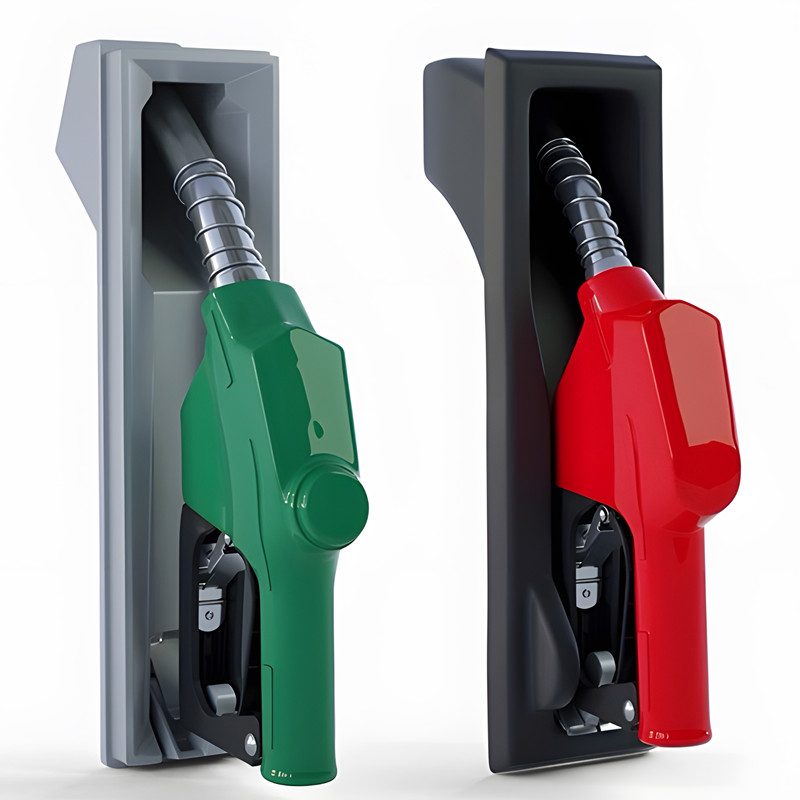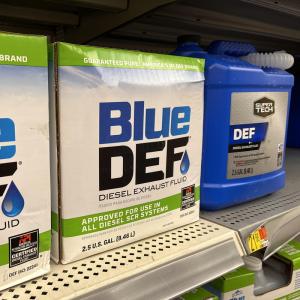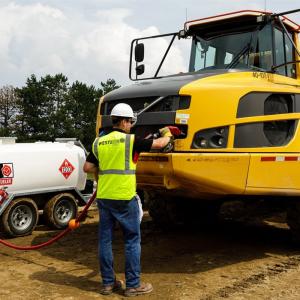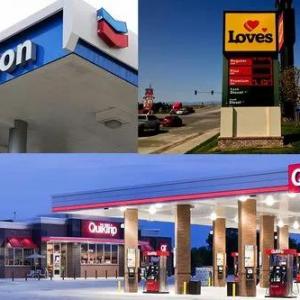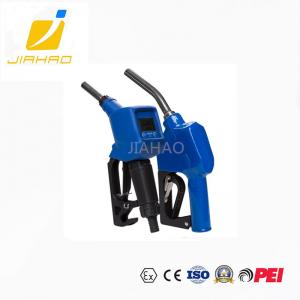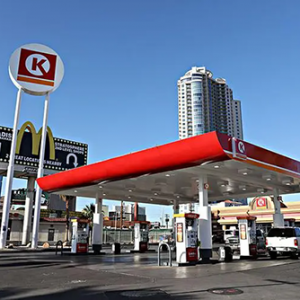Fuel Nozzle Holder Selection on Material, Compatibility, Certification
Fuel nozzle Holder Selection Guide: Material, Compatibility & Certification | The Core of Gas Station Equipment
For gas station operators, maintenance technicians, and fuel depot procurement managers, do these challenges sound familiar? You purchase a new batch of nozzle holders only to find they don't fit the latest Fuel nozzle models, leading to wasted costs and procurement delays. The holders you installed are already showing signs of corrosion and wear from harsh weather, compromising both their lifespan and operational safety. Or perhaps the nagging concern that choosing uncertified accessories has introduced a hidden liability into your entire fueling operation.
This guide is designed to solve these problems. We will provide a comprehensive breakdown of how to select a high-quality, durable, and reliable fuel nozzle holder by focusing on the three pillars of selection: material composition, nozzle compatibility, and quality certification. Master these elements to guarantee your equipment's compatibility, longevity, and safety compliance.
Why the Nozzle Holder is a Critical Fuel Dispenser Component
Often overlooked, the humble nozzle holder—also known as a nozzle boot or holster—is far more than a simple hook. It is an active component integrated into the fuel dispenser’s operational cycle, and its proper function is crucial for efficiency, safety, and the protection of expensive equipment.
Core Functions: Support, Positioning, and Signal Activation
A high-quality nozzle holder performs three essential tasks simultaneously:
-
Securely Supports the Nozzle: It bears the full weight of the fuel nozzle and hose, preventing it from being dropped, which can damage the nozzle’s sensitive internal mechanisms and lead to costly replacements.
-
Ensures Proper Positioning: It provides a designated "home" for the nozzle, keeping the fueling area organized, preventing tripping hazards, and protecting the nozzle spout from contamination by dirt and debris.
-
Triggers the Dispensing Cycle (Switched Models): For most modern dispensers, the holder contains an integrated switch. When the nozzle is removed, the switch sends a signal to authorize the pump. When the nozzle is returned, it signals the end of the transaction. This makes the holder the official start and end point of the entire dispensing cycle.
The Direct Consequences of a Poor Choice: Costs, Inefficiency & Safety Risks
Choosing the wrong nozzle holder can have immediate and severe repercussions for your business:
-
Operational Downtime: An incompatible holder may prevent the nozzle from fitting correctly, or worse, fail to trigger the dispenser's electronic switch. This renders the entire fueling point inoperable, leading directly to lost revenue and customer frustration.
-
Increased Maintenance Costs: Holders made from substandard materials will fail prematurely. Corrosion can cause moving parts to seize, while physical stress can lead to cracks and fractures. This increases the frequency of replacement, driving up both parts and labor costs.
-
Compromised Safety: A low-quality holder that fails to securely hold a nozzle can create a dangerous situation. Furthermore, a faulty switch mechanism can disrupt the pump's safety protocols, posing a risk to the entire fueling system's reliability.
An In-Depth Analysis of Three Key Nozzle Holder Materials
The material a nozzle holder is made from is the single most important factor determining its lifespan, performance, and suitability for your specific environment. Let's break down the three primary options.
Aluminum Alloy: The Balanced Choice for Economy and Performance
Aluminum is the most common material for fuel nozzle holders, and for good reason. It strikes an excellent balance between physical properties and cost-effectiveness.
-
Advantages: Lightweight yet strong, aluminum is easy to handle and install. It offers good resistance to corrosion compared to standard steel and is highly cost-effective, making it an ideal choice for large-scale deployments.
-
Best-Fit Scenarios: It is the go-to, universal option for the vast majority of standard retail gas stations, commercial fleet fueling depots, and private fueling islands where environmental conditions are not exceptionally harsh.
Stainless Steel: The King of Durability in Extreme Environments
When your operation faces corrosive elements or exceptionally high usage, stainless steel is the undisputed champion of longevity.
-
Advantages: Stainless steel offers superior corrosion resistance, making it impervious to the salt spray in coastal areas and the chemical agents used for de-icing roads. Its exceptional mechanical strength and wear resistance ensure it can withstand constant, heavy use without failing.
-
Best-Fit Scenarios: Coastal gas stations should prioritize stainless steel to combat salt corrosion. It is also the perfect choice for high-traffic highway service stations, mining operations, and industrial sites where equipment is exposed to chemical contaminants and extreme weather.
Engineering Plastic: Superior Chemical Resistance and Specialization
While less common for gasoline and diesel, advanced engineering plastics offer unique properties that make them the ideal solution for specific applications.
-
Advantages: Plastic is completely rust-proof and offers outstanding resistance to a wide range of chemicals that can corrode metals, including Diesel Exhaust Fluid (DEF/AdBlue). It is also the lightest option and acts as an electrical insulator.
-
Best-Fit Scenarios: This material is primarily used for holders in DEF dispensing systems, where preventing corrosion from urea is critical. It is also suitable for applications where weight is a major concern or when dispensing certain alternative or industrial fluids.
Ensuring Perfect Compatibility: A Complete Guide for ¾" to 1" Nozzles
A holder is useless if it doesn't fit your nozzle. Modern fuel nozzle holders are engineered for broad compatibility, but understanding the key factors is crucial to making the right choice.
Understanding "Universal Fit" Design Principles
To accommodate the variety of nozzles on the market, high-quality holders often feature an adaptable design. This may include flexible polymer inserts or an adjustable retaining mechanism that can securely grip the nozzle body. This allows a single holder model to be compatible with the most common spout diameters, from the smaller ¾-inch nozzles used for passenger vehicles to the larger 1-inch high-flow nozzles for commercial trucks.
Compatibility Checklist for Major Nozzle Brands
Our nozzle holders are designed to be compatible with the standard models from all major international equipment brands, including:
-
Wayne
-
OPW
-
Gilbarco Veeder-Root
-
Tokheim
-
And other nozzles following the same industry-standard form factors.
Pro Tip: While our holders are designed for universal compatibility, it is always a best practice to confirm the specific make and model of your fuel nozzles before placing a bulk order.
The Critical Choice: With or Without a Switch?
This is a simple but vital distinction that determines how the holder interacts with your dispenser.
-
With Switch: This is the standard for nearly all modern retail and commercial fuel dispensers. The integrated switch is a necessary component to send the "on/off" signal to the pump's controller. If you are replacing a holder on a standard electronic dispenser, you need a model with a switch.
-
Without Switch: This is a purely mechanical hanger. It provides a place to store the nozzle but does not interact with the dispenser's electronics. These are used for simpler fueling systems, such as gravity-feed tanks on farms, or as a replacement part for very old equipment that does not use a switch system.
Quick Selection Guide
Beyond the Product: The Long-Term Value of Certification and Service
A reliable component is more than just its physical attributes. The quality systems and support behind the product are what guarantee long-term value and peace of mind.
Why Does ISO 9001 Certification Matter?
When you see a product is backed by ISO 9001 certification, it signifies much more than a logo on a box. It is your assurance that the manufacturer adheres to a strict, internationally recognized quality management system. As explained on the
-
Consistent Quality: Every nozzle holder produced is subject to the same high standards and quality checks.
-
Full Traceability: The production process is fully documented, allowing for traceability from raw materials to the finished product.
-
Commitment to Improvement: The manufacturer is dedicated to continuously refining its processes to deliver the best possible product.
This certification is the core difference between a reliable, professional-grade component and a low-cost, unbranded alternative that carries inherent risks.
Our Commitment: Reliable Parts for Global Industry and Transport
As a trusted partner in the supply chain for fuel depot equipment and tanker truck components, we are dedicated to providing durable, reliable solutions. We work with gas station construction companies, agricultural equipment suppliers, and mining industry procurement managers to ensure that every part, no matter how small, contributes to the overall safety, efficiency, and reliability of their operations.
